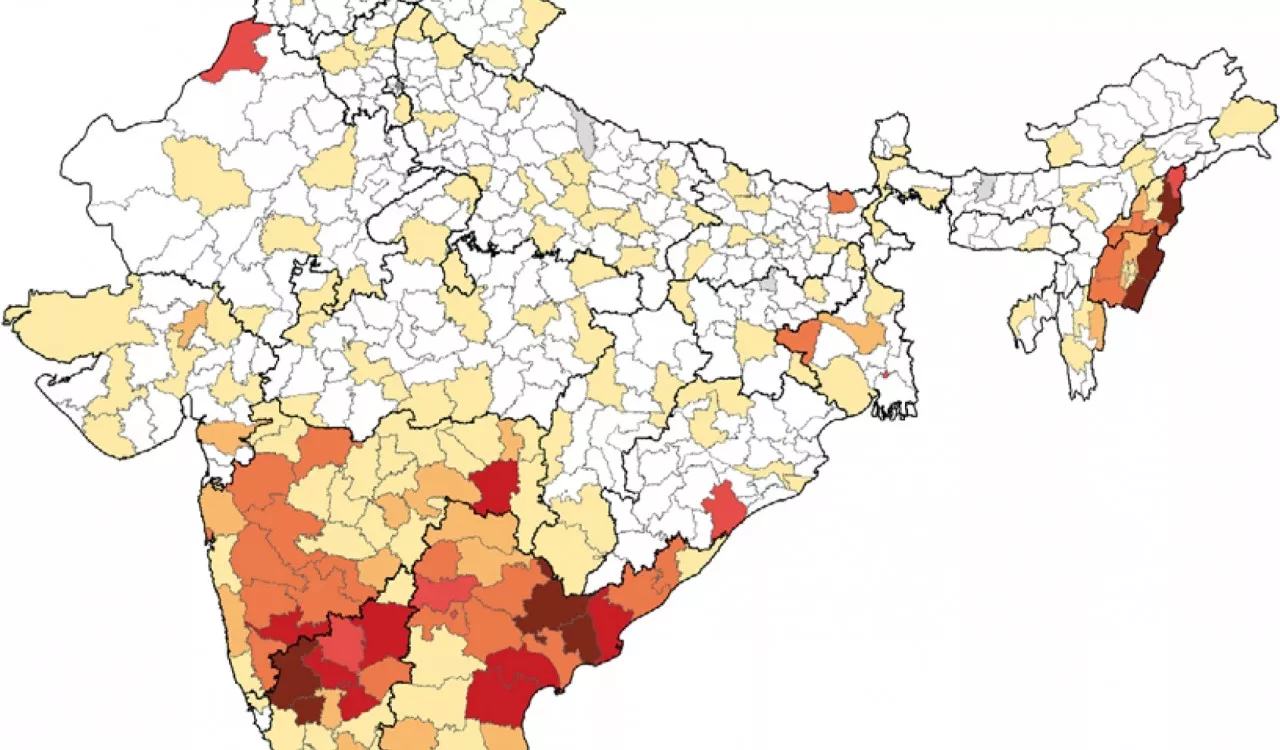The advancement in technology and the field of medicine have increased in the development in the area of medicine and the prevention of deadly diseases. One of the most deadly diseases which impact people globally is HIV/AIDs. Different countries are opting for strategies to improve the health of people and reduce the incidence of HIV/AIDS cases. Two developing countries, India and China, are working hard to battle HIV/AIDS. According to a study by the World Bank, there are 2.40 million people in India who have HIV/AIDS, and 83% of them are between the age of 15 years to 49 years (“HIV/AIDS in India”). Two of the primary sources of this increase is the unprotected sex and the use of injections for drugs. Unprotected sex, homosexual sex, injection use for drugs, low status of women, and stigmatization of the diseases are the risk factors for the high prevalence of HIV/AIDS. However, on the other hand, China is a rapidly developing nation, is also facing HIV/AIDS issues. According to 2012 estimates by Chinese state media, 68,802 cases of HIV/AIDS were reported in the year 2012 by October (Park). The government is taking several steps to reduce the instances of HIV/AIDS and improves the lives of the people with HIV/AIDS.
The government of India responded efficiently to the first case of HIV/AIDS case and established a National AIDS Control Program (NACP) in 1986 (“HIV/AIDS in India”). In the year 1991, the focus of this program was to provide safe blood, raise awareness among the general public and high-risk populations, and improve surveillance. In the second phase of the program, which was from the year 1998 to the year 2006, the program expanded at the same level with more education and involvement of NGOs. In the third phase of the program, the intervention programs were increased, and the partnership of the civil society was improved. In the third phase, several workshops were conducted with civil society members, experts from public health, and other departments such as education and others.
On the other hand, the Chinese government has also stepped in for HIV/AIDS cases, and one of the leading examples is the ban lifted in the year 2010 for HIV/AIDS foreigners to visit china. Also, China has even started antiretroviral treatment for HIV/AIDS, and the number of patients receiving the treatment has increased over the past few years. The Chinese government has also formed a policy where the motto of the policy was “Four Frees, One Care” for the prevention of HIV/AIDS. The policy is aimed to provide free blood tests, free educational facilities for Orphan AIDS patients, free consultation and screening tests, and free antiretroviral therapy for pregnant women (Park).
In India, there are several non-governmental and community-based organizations that are working to cater to the issues related to HIV/AIDS at the community, regional and national levels. These organizations work on raising awareness among the general population, high-risk groups, and people living with HIV, as well as Orphan children with HIV. These organizations are working toward the general taboo among the community related to HIV and provide education programs to tackle the stigma related to HIV. As HIV/AIDS is a global concern, so there are several donor agencies that provide funding to developing countries with a high percentage of HIV cases. The donor agencies providing funding to India to tackle HIV/AIDS issue in the country are United Nations (UN) partners and other bilateral agencies. For example, World Bank has funded the NACP in the third phase. Other charity-based organizations are also working for AIDS, such as Bill and Malinda Gate Foundation’s Avahan program, Clinton Health Access Initiative and UNAID, UNICEF, and others (“HIV/AIDS in India”). However, there are certain challenges which are hindering the country from controlling the cases of HIV/AIDS, such as the institutional capacities of the country at the managerial and structural levels. Societal stigmatization related to HIV/AIDS can influence the programs implemented by the government as these taboos hinder people from acquiring treatments and consultation for AIDS. The targeted population would be difficult to attain as there is a population that is neglected for consultation because of discrimination and stigmatization, such as sex workers, drug users, and men having sex with other men. Because of this, the country is not able to reach the people who are more at risk and also provide safe sex awareness for men having sex with men.
To conclude, HIV/AIDS is one of the major health concerns and is a pandemic because it is prevalent both in developed and developing countries. The prevalence of HIV/AIDS is rapidly increasing in China and India and both countries have reformed their policies and designed intervention programs to promote the treatment and prevention programs within their respective countries. The government of both countries has been actively working to reduce the cases and provide efficient health services to HIV/AIDS patients and also raise awareness about the issue among the general population. However, there are several institutional and societal issues that are hampering the implementation of those programs.
